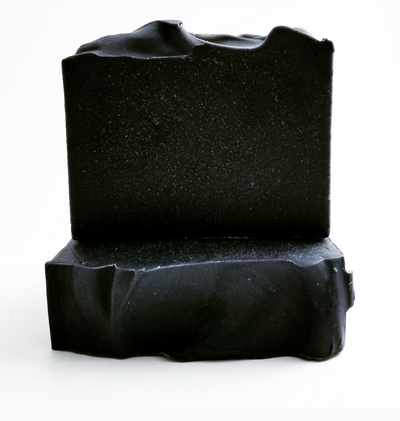Understanding Your Skin Type

Whether you’re trying to let your skin be on its own or go with full makeup, it's always best to maintain a healthy fresh canvas. To ensure you reach your skin goals, it’s important to first identify what skin type you are and understand how you can correct your skin concerns with the appropriate products.
There’s four skin types: normal, dry, oily and combination. And then there’s skin conditions. Conditions include sensitivities, signs of ageing, or hyperpigmentation. In this post we’ll explore each skin type and some skin conditions.
Skin Types
Normal Skin
Normal skin is well balanced skin, smooth complexion. You don’t feel too oily or too dry.
Dry Skin
Dry skin occurs when your sebaceous glands do not produce sufficient amounts of sebum. For healthy moisturized skin, the sebum on your facial skin acts as an occlusive, that oily layer is slowing down the water evaporating from your skin. Think of it as a moisture protective barrier. When there isn’t enough sebum to perform this function, you get excessive trans-epidermal water loss (TEWL). Dry skin is a result of lipid deficiency. If you feel like your skin is rough, dull, or flaky, and if it feels taut when you stretch your jaw, you have dry skin. To restore healthy oil levels to your dry skin, use a moisturizer several times a day (you may separate ones for day and night and also separate ones for the changing seasons). Dry skin could also be a sign that you are not getting enough healthy fats from nutrition.
Oily Skin
Oily skin occurs when your sebaceous glands overproduce sebum. This may be attributed to several factors, including genetics, hormonal changes, medication. Oily skin sometimes links to breakouts because the excess oil accumulates enough to clog your pores. If your skin has a sheen, your pores look enlarged or you just feel plain oily (in absence of any products), you have oily skin. If you do, you still need to use a moisturizer! But use one that is specifically formulated for oily skin. Make sure to exfoliate once or twice a week, and use non-comedogenic makeup and skincare. Do not use products that strip oils from your skin as this results in overproduction of sebum and does the opposite of what you want it to do!

https://en.wikipedia.org/wiki/Sebaceous_gland
Combo
This is a common skin type and it consists of having an oily t-zone with dry patches along the cheeks or jaw.
Skin Conditions
Dehydrated Skin
Having dehydrated skin is not the same as having dry skin. Dry skin is lack of oil in your skin. Dehydrated skin is lack of water retained in your stratum corneum (skin's outer most layer) to keep it healthy. Just to be clear, you can still have excessive levels of sebum in your skin (oily skin) and experience dehydration. You may experience this when constantly in an air-conditioned or heated environment, prolonged exposure to the sun.
Sensitive Skin
Dry skin is usually a precursor to sensitive skin. You introduce sensitivities when skin suffers of lipid deficiency. This lipid deficiency allows for higher levels of moisture loss (TEWL) and it allows irritants to penetrate through, causing rashes, redness, swelling. Look out for ingredients that are anti-inflammatory like chamomile and turmeric and you can always do a DIY spritz or colloidal oatmeal mask to calm down your skin. Also look for moisturizers with healthy fats for skin repair.
Aging
As we age our skin loses density and as a result wrinkles start to appear. Although we cannot stop this process we can care for our skin to preserve a healthy appearance. The first and most important step is to apply sunscreen every day, multiple times a day. The highest contributor to deep wrinkles is UV rays. Complement this with a routine that replenishes your skin with healthy lipids, and choose treatments that contain antioxidants and acids.
Uneven Skin Tone
Hyperpigmentation is a condition that results in darker patches of skin than the rest of your skin due to overproduction of melanin. The best preventative measure is to use sunscreen. And if you already have these spots, you may use an alpha-hydroxy acid treatment to promote cell turnover and renewal.
Acne
Even though acne is mostly associated with oily skin, it is also common in people with dry skin. People with dry skin are more vulnerable to inflammation caused by acne-inducing bacteria. Other triggers include diet, hormones and hormonal changes, medication, comedogenic makeup, and stress.
References
http://www.dermalinstitute.com/us/library/18_article_The_Top_Three_Causes_of_Dry_Dehydrated_Skin.html
https://www.aad.org/media/news-releases/saving-face-101-how-to-customize-your-skin-care-routine-with-your-skin-type
https://www.ebmedicine.net/topics.php?paction=showTopicSeg&topic_id=186&seg_id=3851
https://www.ncbi.nlm.nih.gov/pmc/articles/PMC2835894/
https://int.eucerin.com/about-skin/basic-skin-knowledge/skin-types


